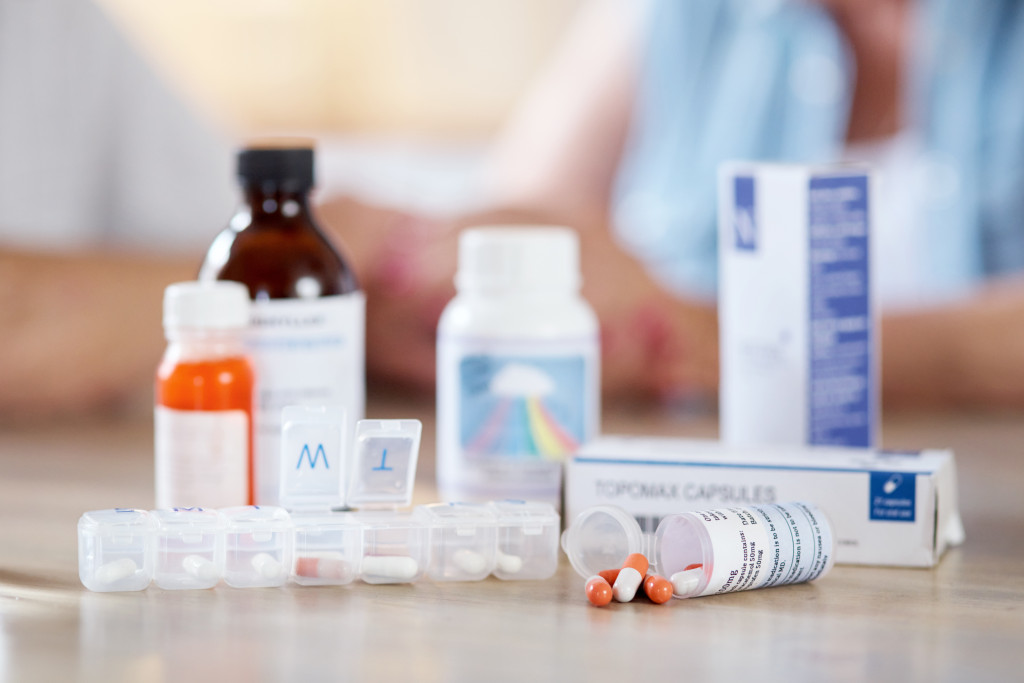Understanding the role of pharmacovigilance in patient safety
- 13/09/2023
Patient safety initiatives aim to consistently and sustainably reduce risks, prevent avoidable harm, minimize errors, and effectively manage their consequences. A pivotal aspect of this endeavor is pharmacovigilance. Originating from the Latin words “pharma,” signifying medicines, and “vigilare,” connoting watchfulness or alertness. Pharmacovigilance encompasses a wide range of activities throughout the life cycle of medicinal products. This article delves into the indispensable role of pharmacovigilance in bolstering patient safety, particularly in the context of adverse drug reactions (ADRs).
Global initiatives and patient safety: A critical overview
Patient safety is a fundamental right, yet unsafe care contributes significantly to global mortality and disability, impacting millions yearly. Recognizing the urgency of this matter, patient and family involvement in healthcare has taken center stage, championed by the World Health Assembly’s resolution on Global action for patient safety and the Global Patient Safety Action Plan 2021-2030. The World Health Organization (WHO) has designated World Patient Safety Day 2023 with the theme “Engaging patients for patient safety” and the rallying cry “Elevate the voice of patients!” This underscores the evident importance of prioritizing patient safety as paramount.
Adverse Drug Reactions (ADRs): A persistent global challenge
ADRs present a substantial public health challenge that affects patients and healthcare systems worldwide. These unintended reactions can occur even when medications are administered correctly, often leading to severe health consequences. Unfortunately, prevailing methods for assessing ADR prevalence must be more accurate in their actual impact. Spontaneous notification systems suffer from significant underreporting, with estimates suggesting that only 6–10% of ADRs are officially reported. This underreporting hinders our ability to quantify ADRs, evaluate their incidence and associated risks, and delay identifying crucial warning signals, jeopardizing public health. Delays in making decisions regarding drug usage restrictions or withdrawals can potentially harm more patients.
The imperative of literature monitoring in pharmacovigilance
Relying solely on spontaneous reports of adverse reactions is insufficient. Hence, pharmacovigilance must integrate literature monitoring as a vital component. Literature monitoring aims to identify individual case safety reports (ICSR). It also aims to detect any shifts in the risk-benefit profile of medications. Marketing authorization holders (MAHs) are responsible for actively monitoring medical literature, irrespective of whether the product is on the market. This entails a comprehensive examination of global and local medical literature. The goal is to detect any adverse events reported in these sources for subsequent ICSR evaluation. Medical literature is invaluable for identifying suspected adverse reactions to authorized medications.
The crucial role of medical literature in ensuring patient safety
Medical literature plays a pivotal role in identifying suspected ADRs. Typically, MAHs monitor the medical literature on their medicines and report individual cases of suspected ADRs into national safety databases. For example, from 2019 to 2022, the European Medicines Agency (EMA) identified more than 25,000 unique cases of ADRs in medical literature. The substantial contribution of literature monitoring to pharmacovigilance in ensuring patient safety has been reaffirmed during the COVID-19 pandemic. Throughout the pandemic, the EMA and the Emergency Task Force conducted critical reviews of protocols and results from peer-reviewed and non-peer-reviewed scientific literature as soon as they became available. This evidence-informed various public health recommendations, including vaccine effectiveness and safety, such as heterologous vaccination schedules.
Conclusion
Pharmacovigilance stands as an indispensable element in enhancing patient safety within the realm of healthcare. Underreporting of ADRs remains a pervasive issue involving the failure or incomplete reporting of harmful medication reactions. It is imperative to employ all available tools to identify reports of ADRs in every possible source, with medical literature being a valuable resource. This necessitates rigorous literature monitoring, proactive reporting, and unwavering commitment to transparent communication regarding the risks and benefits of medications. In the journey towards elevating patient safety, pharmacovigilance plays a critical role, ensuring it hears patients’ voices and safeguards their well-being throughout the entire life cycle of medicinal products.




